Aircraft carrier USS Carl Vinson puts on a light display to celebrate the holiday season at its homeport of San Diego, Nov. 26, 2020.
Providing up-to-date information, news and original content on American Military issues.
Aircraft carrier USS Carl Vinson puts on a light display to celebrate the holiday season at its homeport of San Diego, Nov. 26, 2020.
U.S. and Indonesian troops participate in the Green Mile physical endurance course during the 2020 Indonesia Platoon Exchange in Wahiawa, Hawaii, Nov. 21, 2020.
Marine Corps Recruit Eliseo Z. Sandoval takes on an obstacle during a confidence course at Marine Corps Recruit Depot, San Diego, Dec. 2, 2020.
Airmen assigned to the 673rd Medical Group’s respiratory clinic contact patients prior to testing at Joint Base Elmendorf-Richardson, Alaska, Nov. 20, 2020. The 673rd MDG stood-up a drive-thru testing clinic to offer a fast, safe way to provide testing to base personnel and their dependents.
Arizona National Guard service members build and fill boxes with fresh, sorted produce in Nogales, Ariz., for transportation to food banks throughout the state, Dec. 1, 2020. The Arizona National Guard has responded domestically to emergencies such as airport security after 9/11, Monument Fire in 2011, Hurricane Harvey in 2017 and the Havasupai Floods in 2018.
U.S. and Indonesian troops participate in the Green Mile physical endurance course during the 2020 Indonesia Platoon Exchange in Wahiawa, Hawaii, Nov. 21, 2020.
Dec. 2, 2020 | BY Dawn Collazo , Joint Task Force Bravo
Juggling in itself is no easy feat, but for medics juggling health protection requirements in the aftermath of two back-to-back hurricanes, all while ensuring the personnel assigned to Soto Cano Air Base remain safe while operating in a pandemic environment, one can easily assume something would fail.
However, through careful planning led by the COVID-19 response team and strict adherence to the guidelines by all on Soto Cano Air Base, the COVID-19 mitigation efforts have remained effective and ensure the small base continues to meet its mission requirements.
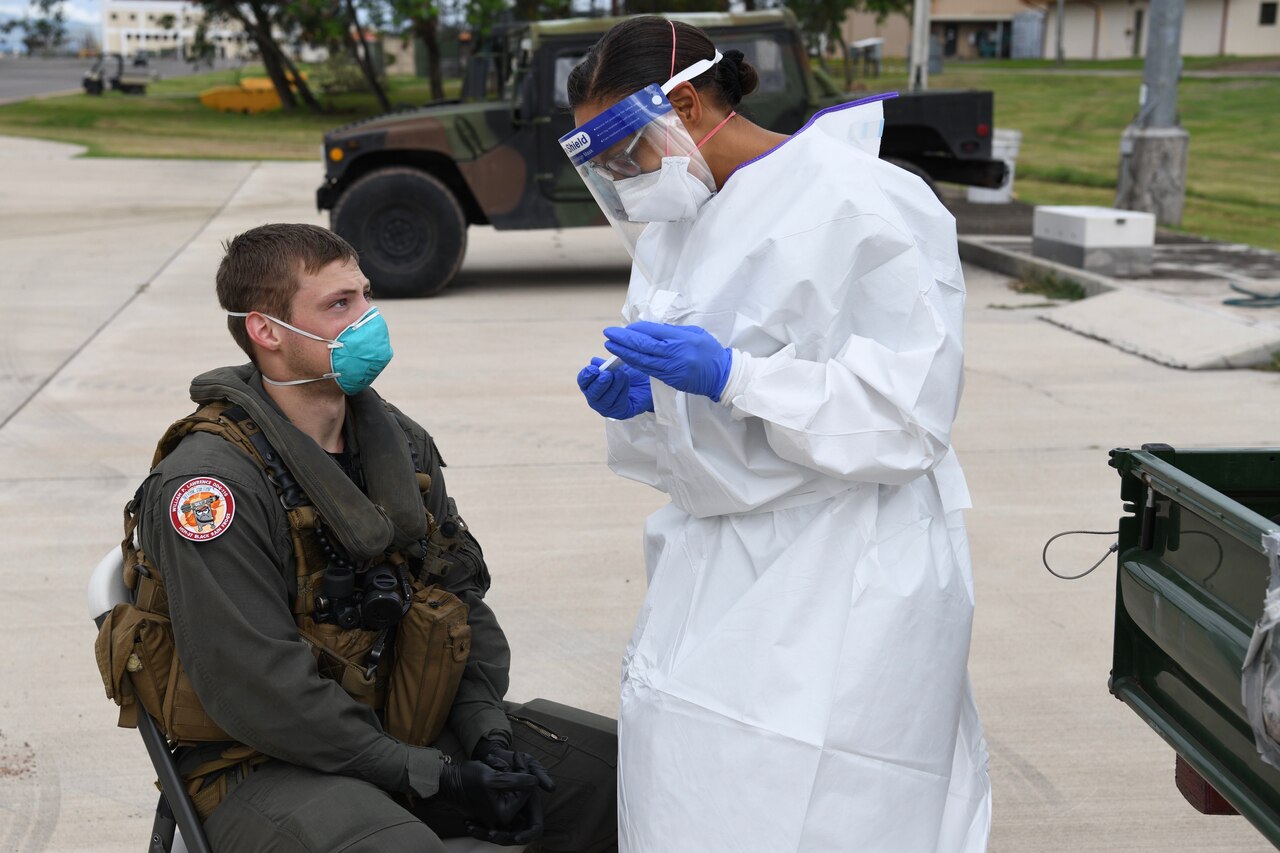
"The combat support hospital staff provide multiple services, but one of the key things we do is conduct COVID-19 tests, which protect the people both on and off base," said Army Lt. Col. Philip O'Brien, Joint Task Force-Bravo deputy surgeon.
The staff of 67 military members provides typical preventative medicine such as basic medical, dental and pharmaceutical care, plus vet, clinic, supply and logistics; however, on top of the normal requirements, the unit is also responsible for leading the effort to mitigate the spread of COVID-19 on base and with personnel supporting missions off base.
As a part of the reintegration process for those individuals supporting off-base missions, it's critical that testing takes place upon their return to ensure they did not contract the virus while out or spread it to others.
An immediate measure available is the administration of the polymerase chain reaction (PCR) test, considered to be the most accurate test available, which detects the virus on the molecular level and is the gold standard for testing.
Sometimes the test is conducted by the COVID-19 response team on the flight line.
"We do the tests on the flight line to avoid unnecessary movement of people to minimize contamination," said Army Sgt. 1st Class Marjorie Schrader, the hospital's first sergeant. "We also refrain from bringing possible COVID-19 positive individuals into the clinic as it can impact our ability to provide other essential care," she said.
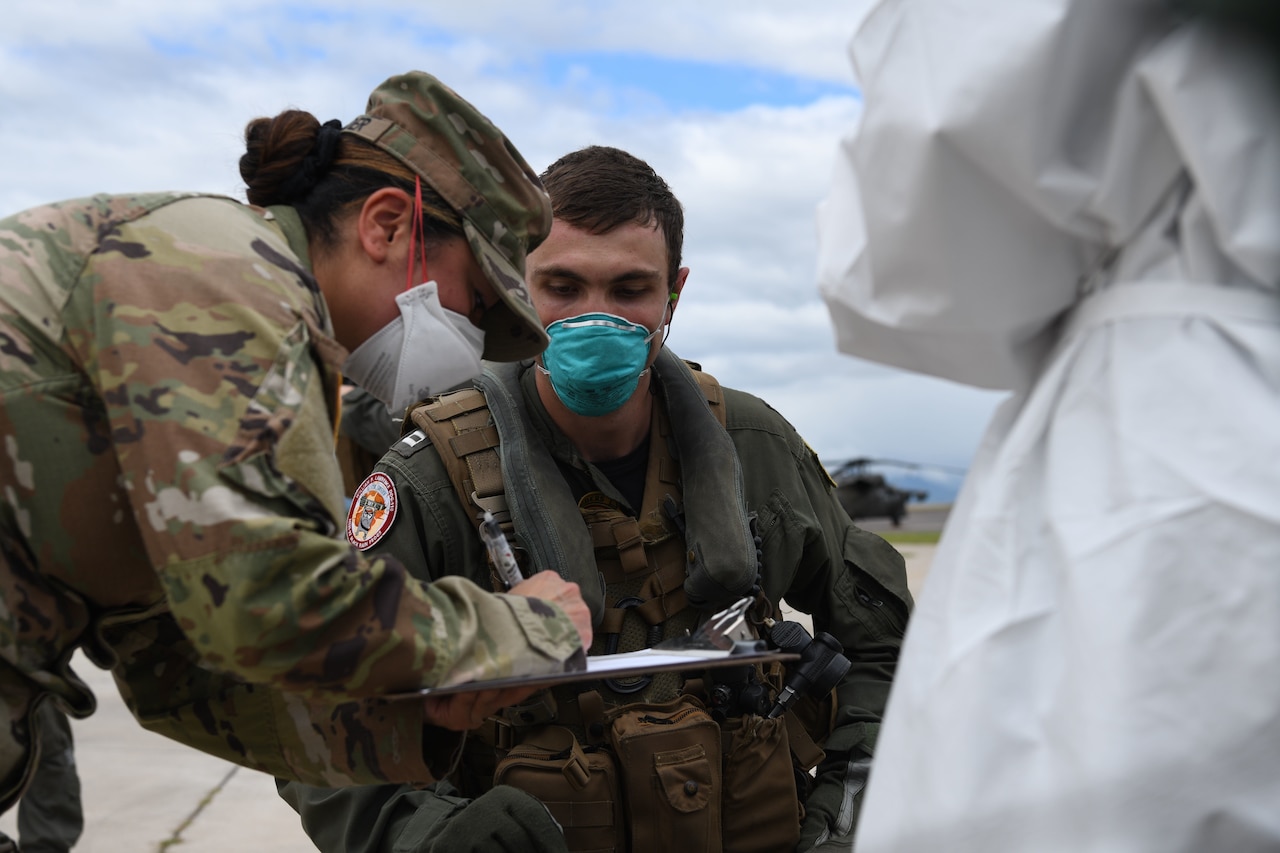
As of Nov. 28, 2020, the staff has conducted 1,213 tests, out of which 17 returned positive. Those who test positive go into isolation for 10 days, with checkups on their status two to three times a day, Schrader explained. They can be released on the 10th day as long as they remain asymptomatic, because they're no longer contagious at that point, which is based on Centers for Disease Control and Prevention guidelines.
Additionally, the COVID-19 response team extends the PCR test to Honduran base employees, known as foreign service nationals.
"We test those who work closely with our service members on our surveillance testing to ensure their safety," Schrader said. "If they become positive, we conduct a thorough trace and escort them as well as their close contacts off base with instructions for strict isolation at home."
Infected foreign service nationals, and the people identified as close contacts, are put on a no access list and not allowed back on base until their 10 days have passed without symptoms.
"The testing is one aspect, but the safety measures we have in place here such as the social distancing, wearing of masks and washing hands is working here, " O'Brien said. "And I'm proud of that. What the virus does hasn't changed, but our behavior around it has. If we do the right things consistently, we can manage it."
Air Force C-17 Globemaster III crew members perform routine flight duties during cargo transport operations in the U.S. Central Command area of responsibility, Nov. 30, 2020.
Dec. 2, 2020 | BY C. Todd Lopez , DOD News
The Defense Department just released the results of the 2019 Survey of Active Duty Spouses. The survey is conducted every two years, and this year's report, like those in other years, provide the department with guides on how to adjust family policy in the coming years, the principal deputy under secretary of defense for personnel and readiness said.
"These survey results are important because they help us evaluate policy and program success, address issues and gaps in resources and identify areas for necessary improvement," said William Bushman during a virtual conference today where the results of the survey were revealed.
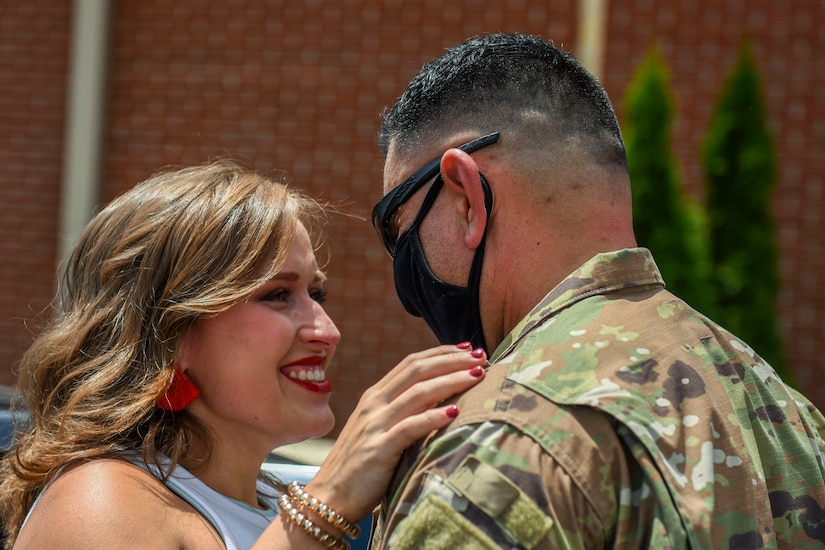
As part of the 2019 survey, more than 65,200 active duty military spouses were invited to participate, a little over 10,000, or 16.5%, opted to take part. Survey topics covered employment, deployment, reintegration and satisfaction with military life. Because the survey was completed in 2019, the effects of COVID-19 did not play a part in the survey.
"While many of the 2019 survey results are consistent with past years, the survey indicates that there are areas where we are doing well, findings that may be of some concern and findings that need to be watched," said Dr. Paul Rosenfeld, director of the Center for Retention and Readiness within the Office of People Analytics.
Family finances and personal health were among the positive trends highlighted in the 2019 ADSS, Rosenfeld said.
According to Rosenfeld, the survey shows that 70% of respondents reported their family financial situation as either "comfortable" or "very comfortable." This contrasts with only 64% reporting the same way in 2012.
"This encouraging finding mirrors results we have found on a status of forces survey of military members," Rosenfeld said.
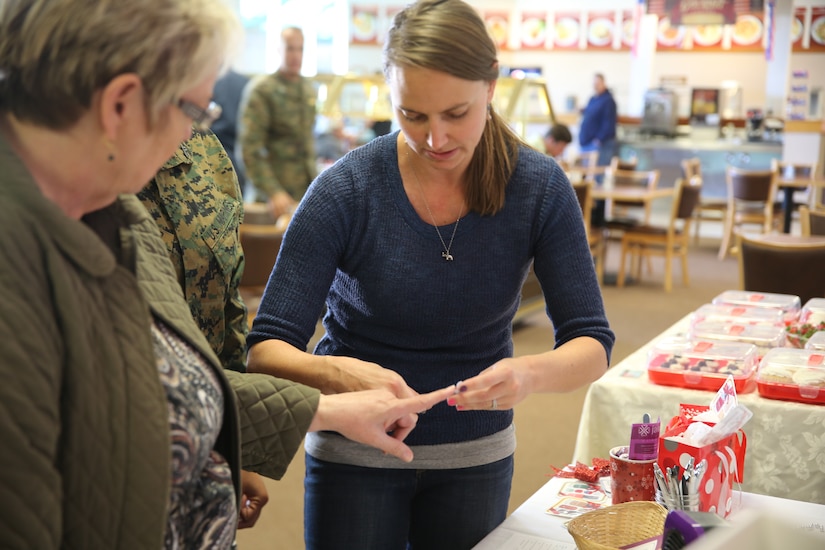
Also in the report, he said, is that 41% of spouses reported that in the past 12 months, their financial condition had improved, and reasons cited included reduction in debt and better financial management.
The majority of spouses who participated in the survey also reported overall satisfaction with their marriage as well as lower levels of marital instability as compared to the average married civilian.
While positive trends appeared throughout the report, there are areas of concern, Rosenfeld said.
"Satisfaction with the military way of life and support for a spouse to stay on active duty both decreased, although the findings still reflect that the majority of spouses are satisfied, while over half — 56% — are satisfied or very satisfied with the military way of life — that is lower than past years," he said. In 2017, for instance, that number was at 60%.
Around 59% of survey respondents indicated that they favored their military spouse staying in the military service. That number has dropped. The most recent peak put that statistic at 68% in 2012. Since 2006, survey respondents most likely to say they prefer their spouse staying in the military have invariably come from the higher ranking personnel, both enlisted and officers.
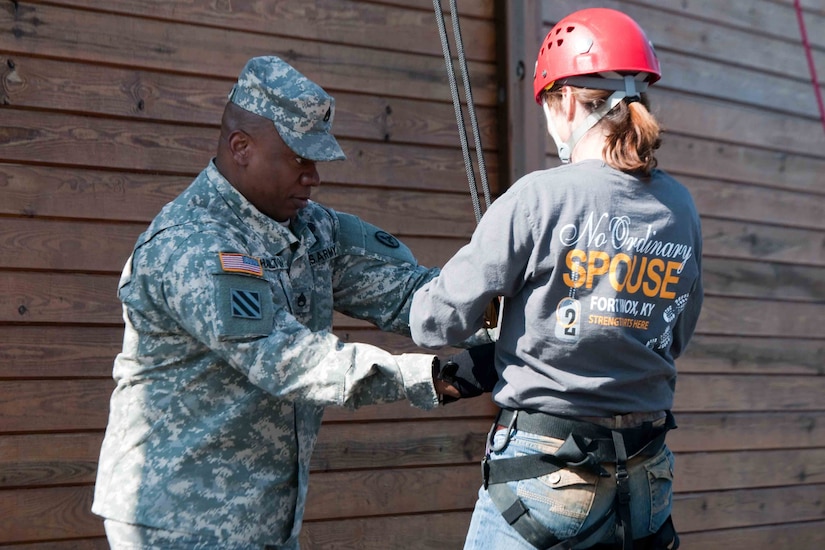
Other areas of concern within the survey involve spouse employment, Rosenberg said. According to the 2019 report, approximately 22% of active duty spouses are unemployed.
"Although the rate has been stable since 2012, it is higher than the civilian rate," he said, adding that the rate of unemployment is higher for spouses married to junior service members, female spouses, ethnic and racial minorities, spouse's under 26 years of age and those with no college or some college.
Childcare is also a concern for military families, Rosenberg said. Approximately 43% of spouses with children under 13 reported using some form of childcare so that they can go to work. Only about 39%, however, used on-base child care, Rosenberg said.
"Those spouses who do not routinely use on-base child care indicated availability, inconvenient location and affordability were the top reasons that they did not use on-base child care ," Rosenberg said.
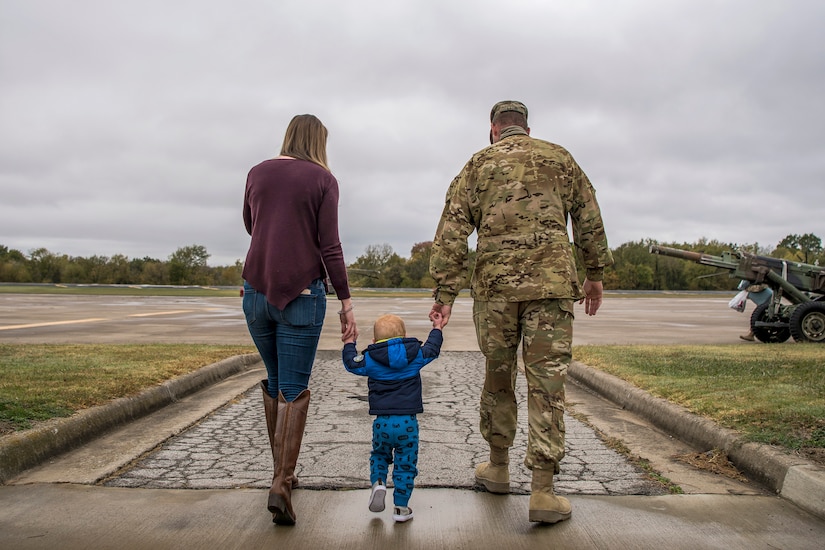
With the results of the survey now compiled, Bushman said the numbers will be used in coming years to continue to shape policy to improve the lives of service members and their families.
"As we review the results of the 2019 survey, we can gauge the impact of the changes the department has made since our 2017 survey and determine which policies and programs we need to refine so that we can provide the necessary support to our military families, for them to flourish, stay connected and be mission ready."
The OPA also conducted a 2019 survey of reserve component military spouses. The results of that survey are still being processed and they will be released when that review is complete.